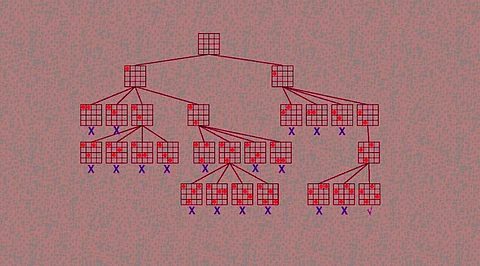
- Insights
- Cryptocurrencies
- Stocks
- White Papers
- Industry
- Geography
- Insights
- Cryptocurrencies
- Stocks
- White Papers
- Industry
- Geography


Constraint programming is a native satisfiability technology that takes its roots in computer science—logic programming, graph theory, and the artificial intelligence efforts of the 1980s. Recent progress in the development of a tunable and robust black-box search for constraint programming engines has turned this technology into a powerful and easy-to-use optimization technology. Constraint programming uses AI for solving scheduling problems. Artificial Intelligence and Constraint programming are also efficient approaches to solving and optimizing problems that are too irregular for mathematical optimization. This includes time-tabling problems, sequencing problems, and allocation or rostering problems. Over the past two decades, the fields of constraint programming, Artificial intelligence, and data mining have become well-established research fields within computer science. They have contributed many foundational techniques that are routinely applied in real-life scientific and industrial applications. At the same time, awareness has grown that constraints can be very useful during mining and learning and that Artificial intelligence and data mining may allow one to automatically acquire constraints from data. Here is how constraint programming uses AI to solve complex issues in various industries:
According to IDC, the amount of data generated globally by 2025 would reach 175 zettabytes (~ 175 billion terabytes), a staggering 430 percent growth over the 33 zettabytes generated in 2018.
The explosion in data will be a windfall for organizations committed to data-driven decision-making. Large data sets provide the raw material for producing in-depth business insights that drive enhancements in existing company operations and open up new business lines.
Organizations cannot profit from these massive data stores unless they use AI. Deep learning, a subfield of AI and machine learning, analyzes enormous data sets to uncover subtle patterns and connections in big data that might provide businesses with a competitive advantage.
Likewise, AI's ability to generate meaningful predictions to get to reality rather than duplicate human biases necessitates not only large amounts of data but also high-quality data. Cloud computing platforms have aided in the development of AI applications by not only offering the processing capacity required to process and handle huge data in a scalable and reliable architecture but also by allowing enterprise users greater access.
